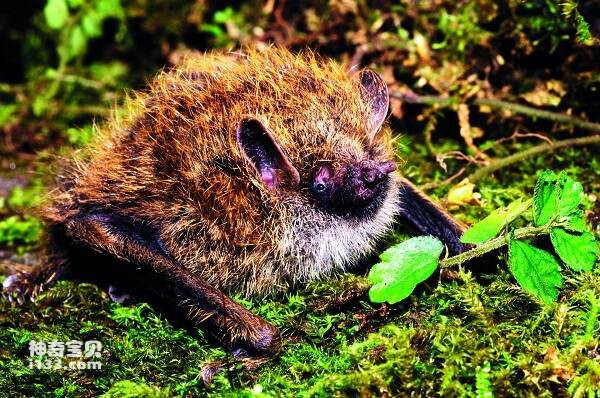
Murina aurata
Murina aurata
Golden tube-nosed bats are small, with forearms 28-32mm long. The nostrils a···
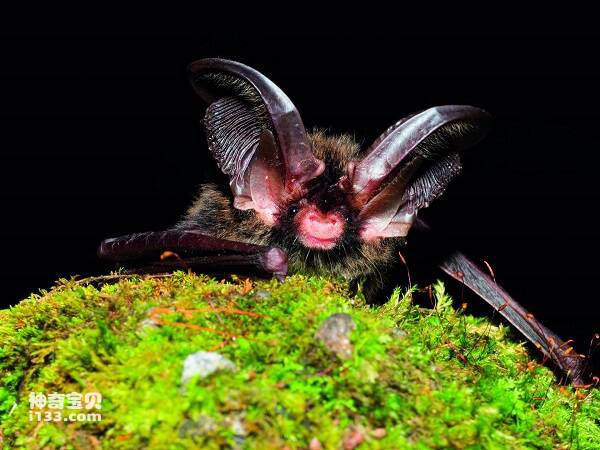
Plecotus taivanus
Plecotus taivanus
Formosan long-eared bats are found only in Taiwan. It is a typical nocturnal···
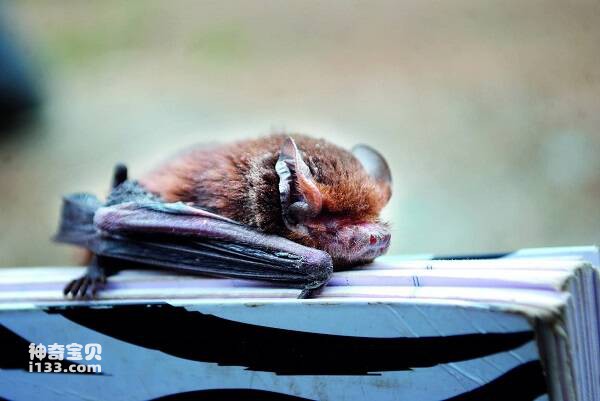
Falsistrellus affinis
Falsistrellus affinis
Medium size. The ear shell is long and wide, with blunt and rounded ends. Th···
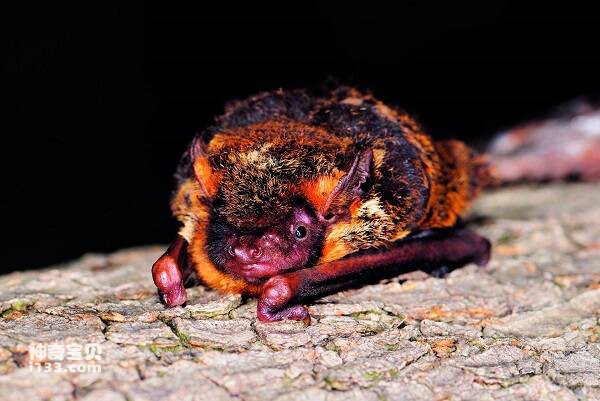
Thainycteris torquatus
Thainycteris torquatus
Yellow-necked bats are currently found only in Taiwan, China. Medium bats ar···
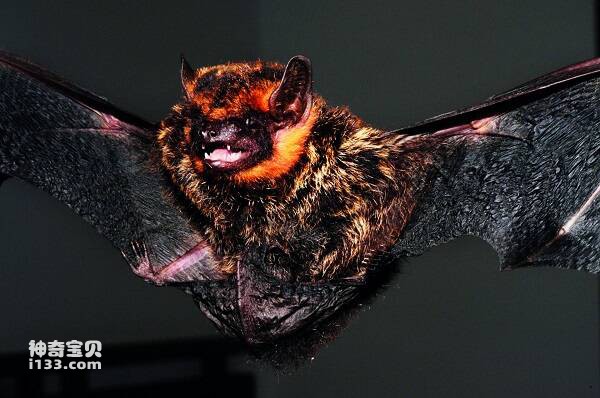
Thainycteris aureocollaris
Thainycteris aureocollaris
Ringnecked bats are large, with forearms 47-52mm long; The hind foot is 9-12···
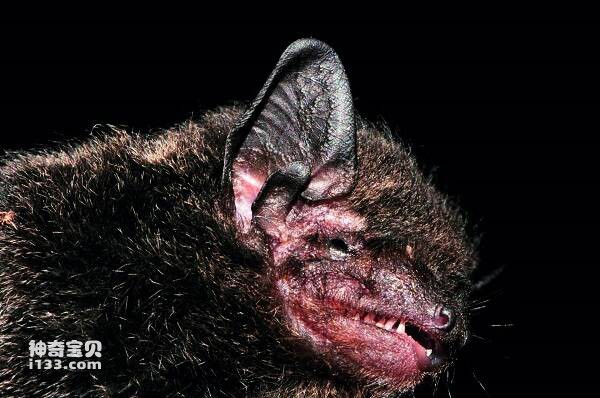
Pipistrellus javanicus abramus
Pipistrellus javanicus abramus
Pipistrella javanica is a small pipistrella. Hill & Harrison (1987) divi···
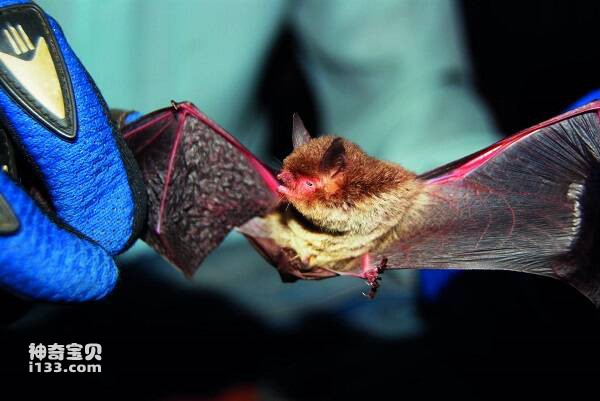
Myotis nipalensis
Myotis nipalensis
The Nepalese Myotis is relatively small, with a forearm length of 34-36.9mm.···
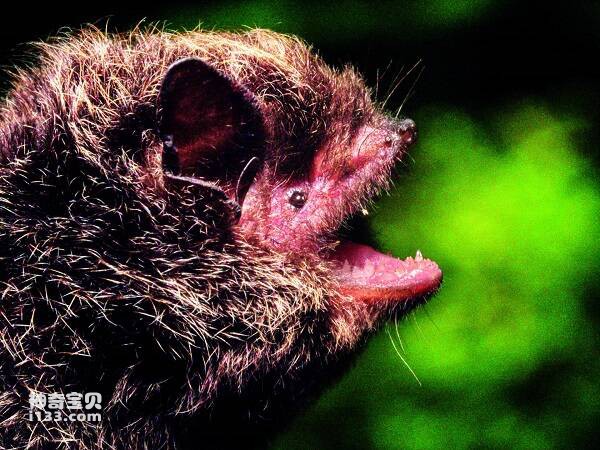
Submyotodon latirostris
Submyotodon latirostris
The habitat of the bat is not well known. Using narrow-band, constant-freque···
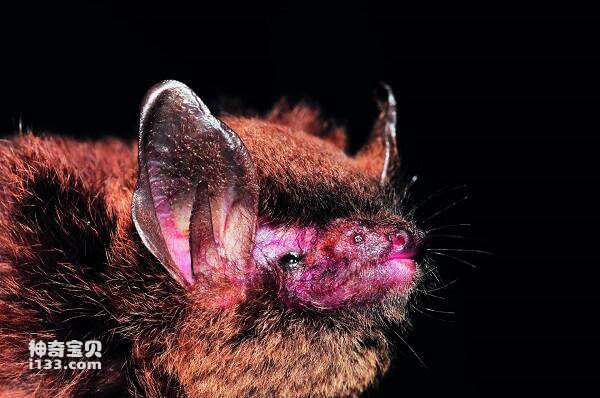
Myotis frater
Myotis frater
Long-tailed Myotis bats are found in Fujian Province. Allen (1923) named the···
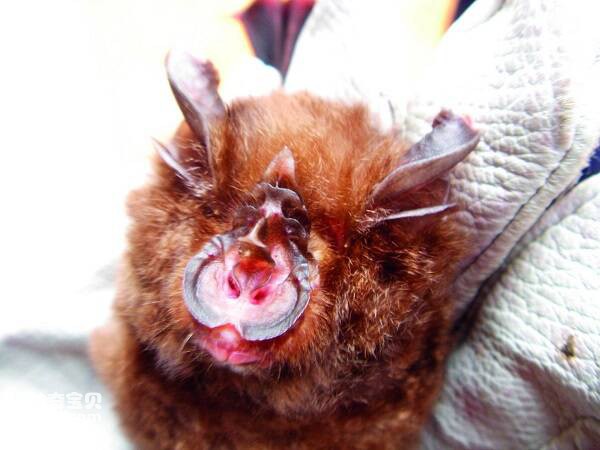
Rhinolophus yunnanensis
Rhinolophus yunnanensis
Rhinolophus yunnanensis was published in 1872 by Dobson on the basis of two ···
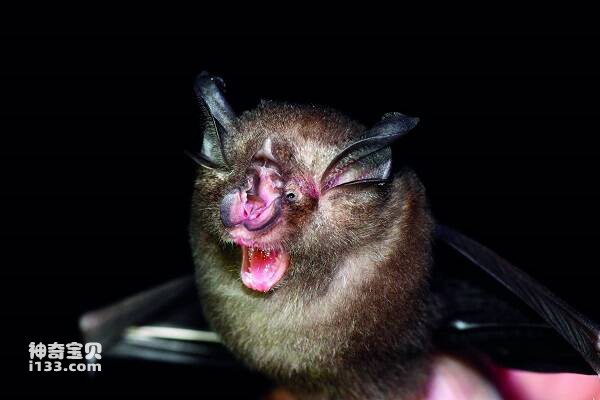
Formosan lesser horseshoe bat
Formosan lesser horseshoe bat,Rhinolophus monoceros
This species is endemic to China, and because of its small size, it will be ···
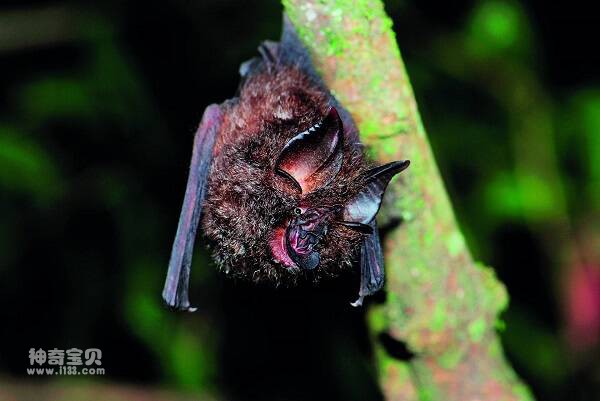
Rhinolophus formosae
Rhinolophus formosae
It is a solitary bat, with only one or a few individuals found in a tunnel, ···
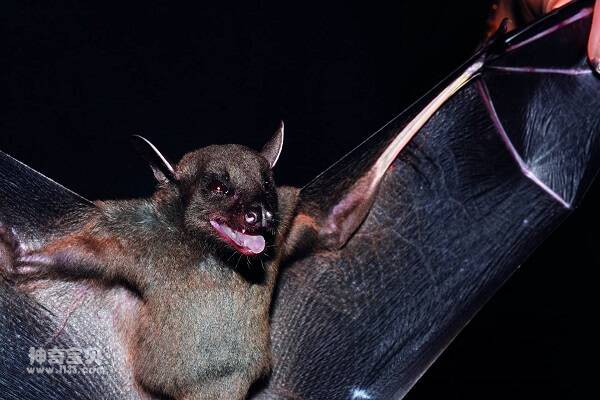
Sphaerias blanfordi
Sphaerias blanfordi
The species was named by CAI Guiguan and Zhang Naizhi (1980) on the basis of···
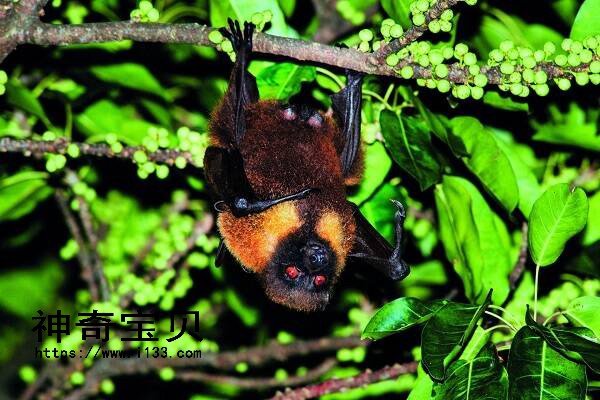
Pteropus dasymallus
Pteropus dasymallus
The Ryukyu Flying Fox is the only fruit eating bat unique to Taiwan's pt···
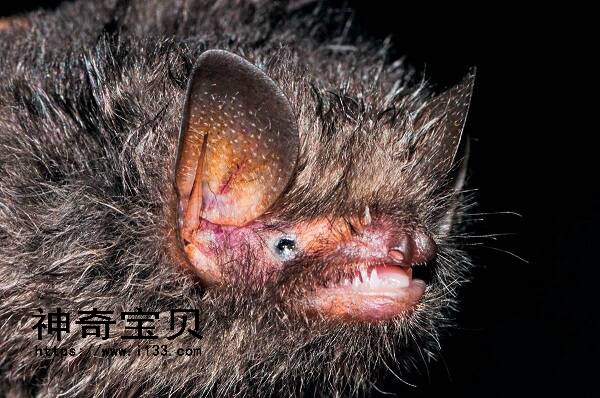
Kerivoula furva
Kerivoula furva
Dark brown bat is a forest bat. The specimens were collected and captured in···
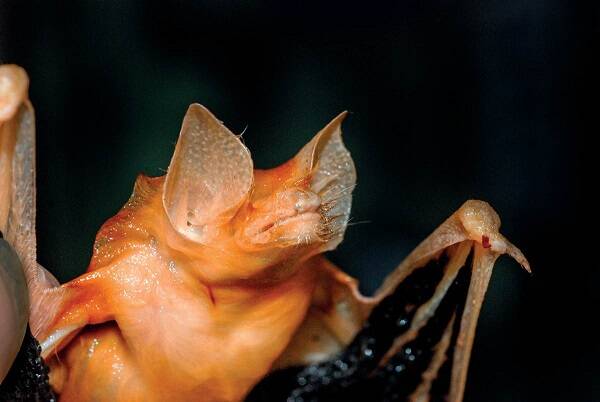
Painted Bat
Painted Bat,Kerivoula picta
Painted bats are rare in number and fly around tea groves, banana groves, ly···
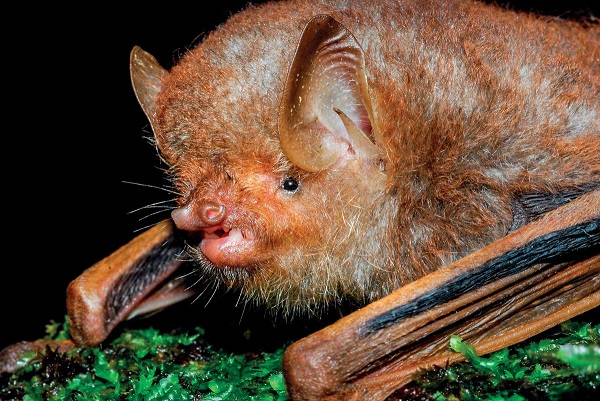
Harpiocephalus harpia
Harpiocephalus harpia
Wool-winged tube-nosed bats are forest bats that feed on beetles. This speci···
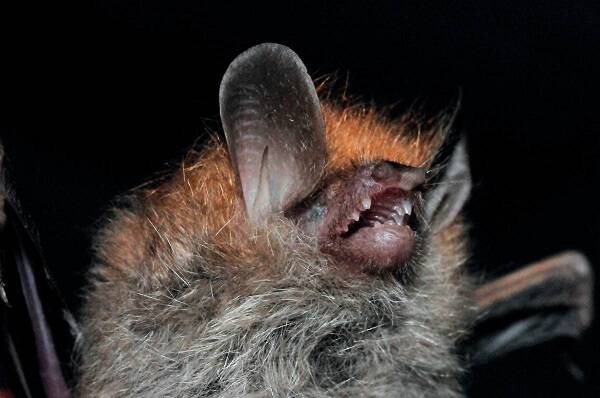
Murina lorelieae
Murina lorelieae
Lorelei tube-nosed bats are small tube-nosed bats. After Eger & Lim (201···
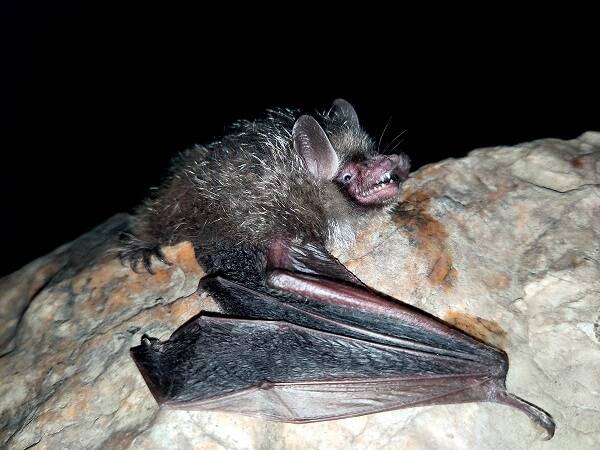
Murina leucogaster
White-bellied Tube-nosed bat,Murina leucogaster
The social structure of the white-bellied bat is complex, and it is a typica···
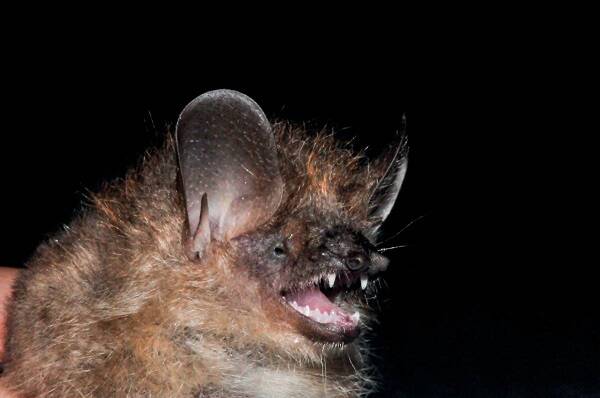
Murina huttoni
Murina huttoni
Mesotubularis nocturnal. Insectivorous. This species is found in India. It l···
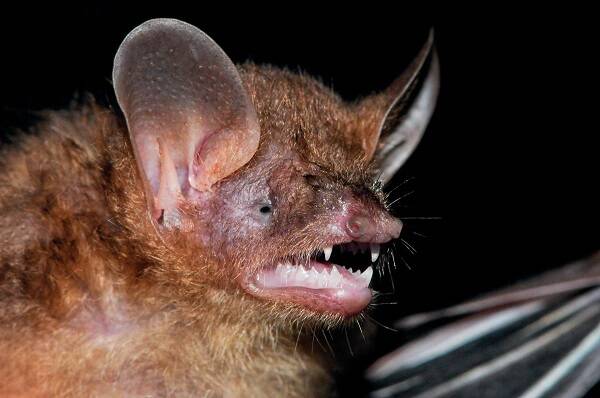
Murina harrisoni
Murina harrisoni
A new species published by Csorba & Bates (2005) from specimens collecte···
